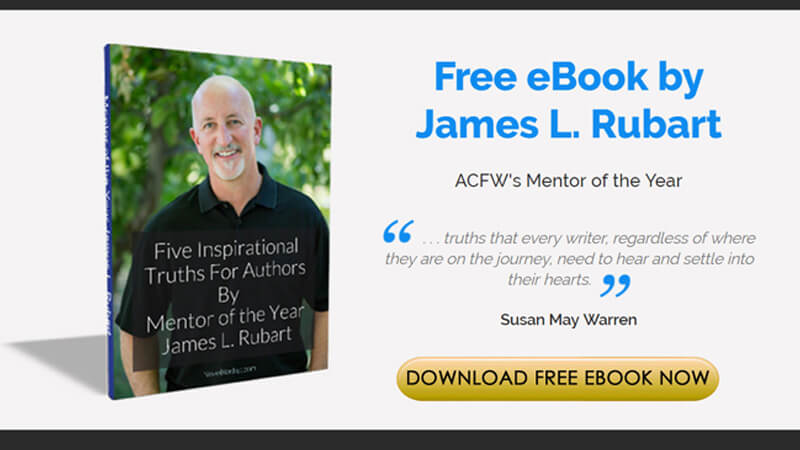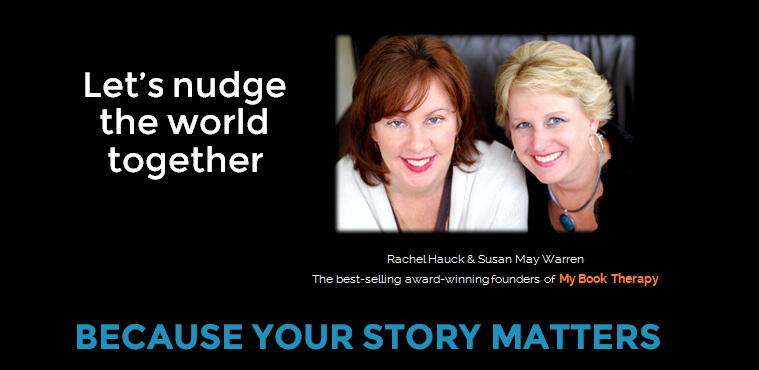 Ask any novelist to name the ingredients of an unforgettable story and it’s highly likely memorable characters is right there at the top of the list, followed or immediately preceding a compelling quest and drop-dead beautiful prose.
Ask any novelist to name the ingredients of an unforgettable story and it’s highly likely memorable characters is right there at the top of the list, followed or immediately preceding a compelling quest and drop-dead beautiful prose.We like to read about characters that are flawed, yet virtuous. Vulnerable, yet resilient. Ordinary, yet unique. We expect them to be highly motivated by the story’s quest, to actively pursue what they want, and to meet the obstacles to the quest with equal parts courage and uncertainty. We want them to be like us in enough ways that we can relate to them. And of course we want them to be likeable.
Meaning, if the main character was a real person, we’d like to be friends with that person. To write a story readers will remember is to people it with characters the readers will care about.
The troub
 le with creating characters like this (see above list) every time you begin a new novel is that they all start sounding like the same person. If you can easily drop your heroine from Book One into Book Two by just changing her name and hair color, seems to me there’s a problem.
le with creating characters like this (see above list) every time you begin a new novel is that they all start sounding like the same person. If you can easily drop your heroine from Book One into Book Two by just changing her name and hair color, seems to me there’s a problem.The easy fix is to change the personality type, right? Let’s say you bend and twist all the character traits of your protagonist in Book One to create a wholly new person in Book Two. And in doing so, you create a passive person; a quiet soul, not overly anything. Or perhaps instead you create a hot-headed complainer. Or a naïve airhead. She is different than your likeable heroine in Book One. And therein is the trouble. She’s unlikeable. And to add trouble to trouble, you actually need her to be that person for the story’s arc.
You need to keep her the way she is, but somehow make readers care about her. What to do?
This is exactly the problem I faced with my character Jane Lindsay in Lady in Waiting. Jane is a passive person who habitually defers. When her husband leaves her, she simply slips into wait-mode to see if he will come back to her. That’s part of her persona and key to the book’s title. When Jane stumbles upon an antiquated ring engraved with her first name inside, the reader meets another Jane, this one a sixteenth-century teenager who would rule England for all of nine days. A very likeable person. My problem was significant. Half of the book was about a Jane I knew readers would like. The other half was about a Jane I didn’t even like.
My editor suggested I spend some time with the Jane no one would like, to see if underneath her passivity there was a quiet virtue at work – so quiet that I had missed exploiting it when I was writing all her scenes. When I looked back at the list of flaws and virtues I had given Jane at the very beginning of the writing process, I realized I had allowed her flaws to take center stage but I hadn’t shown the spotlight on her virtues. Even an unlikeable character has virtues. Eeyore, the melancholy donkey in A. A. Milne’s Winnie the Pooh stories, is not a likeable character at face value. He’s a moper and complainer and oozes negativity. But his unselfishness is a virtue that Milne used to endear us to him. Eeyore didn’t exude happy thoughts but he’d likely give you the tail off his back if you needed it. That made him likeable despite his flaws.
With Jane, I discovered that her passivity, which I had listed as a flaw, could be inverted to expose a virtue. All flaws can be inverted to expose a virtue. This was ground-breaking for me and opened up all kinds of windows into Jane’s soul. Jane deferred because the happiness of others was more important to her than her own happiness. Her passivity made her quick to forgive, also a virtue. Her deferential attitude made her unskilled at holding a grudge; again, a virtue. We tend to like people who care about our happiness more than their own, who are quick to forgive, and who don’t carry a grudge. Good news for me and present-day Jane.
Now the work of letting these virtues become an organic part of the story began. To help expose these hidden virtues, I created a new character who could reveal them to the reader and to Jane. I invented a psychologist whom she goes to see because she can’t sleep at night. Through her conversations with the psychologist and the exercises he gives her to do, the likeable part of Jane emerged. Hooray for me. Hooray for Jane. Hooray for the reader.
If you are struggling with an unlikeable character, try these three steps.
* Make a list of that character’s flaws and virtues
* Invert every flaw so that a likeable trait can emerge
* Look for scenes where you can naturally let that virtuous trait reveal itself.
Not all protagonists need to be inspiring, enthralling heroes. That would be incredibly boring. And unrealistic. But they do need to be likeable, insomuch that we will invest ourselves emotionally in their quest. That is, after all, the purpose and delight of Story!























Great advice. I loved hearing it from the behind-the-scene point of view from a published author. To me the journey the author takes in writing the book is as exciting as the book.
ReplyDeleteSusan, this is a wonderful insight. I had a similar problem with my first novel, I think because I patterned the heroine after me! hahah. Truly though, she was too sarcastic and I've had to soften her a lot because not everyone is going to understand that sarcasm as dry humor. I hope it worked...I'm still editing it now! :)
ReplyDeleteCan't wait to read about your Janes. It's next on my list!!
Wise points from one of my favorite writers. The longer I live (and write), the more I realize everything and everyone has a flip side.
ReplyDeleteThanks for the encouragement to dig deep.
Brilliant. I have a minor character in my WIP that needs to go into the "body shop" for serious repairs. I struggle with making quiet characters interesting. This is really going to be helpful as I break out the wrench.
ReplyDeleteP.S. Nick Harrison suggested I read your books. Enjoying White Picket Fences with a couple others in the cue.
Thank you, Susan! I mulled this issue over a lot with my first heroine. I faced a similar problem. I wanted her to be a passive type for a reason, which made several people say she wasn't likeable. I was drawing from something I see in one of my fav Jane Austen characters. Anne Elliot (Persuasion) comes across as a doormat who is not valued by her family. But once we get to know her, we find a very quiet strength and grace about her, and depth of value. You find she is has more character than her entire family combined. She is selfless and gracious. I root for her because her family doesn't recognize the strength and patience that it takes to be her. She suffers from having denied her own needs yet doesn't want to burden others with her suffering. Of course, she realizes after many years that having listened to the guidance of another was a mistake and that she should have stood up for herself. A lesson learned too late, so it seems. She shows us her inner strength and holds to her values in ways that ruffle her father, yet she quietly holds her ground.
ReplyDeleteBut I knew I couldn't argue with the reader upon first meeting with my heroine, also one who fears being a burden to others and puts others needs above her own. So it's important to be sure a 'seemingly' unlikeable character shows some lovability up front. Hoping I pulled it off on the rewrite. It was suggested I change her up and make her sassy and outspoken, but that didn't fit this character's personality. And honestly, that seems to be a common heroine prototype these days. Maybe it'd be okay to mix things up a little. :-)
Now I know I can't wait to get my hands on Lady in Waiting. (Still kicking myself for not getting a signed one at conference! Grrr!!)
Thanks for all the kind words of affirmation here! (Love the analogy of the body shop!) I wish all of you the very best as you put your characters through the refiners fire.
ReplyDeleteExcellent advice, Susan. Thank you for sharing this lesson learned. There is nothing worse than an unlikeable hero or heroine. So often in stories where they are at odds with one another one, the other, or even both become unlikeable.
ReplyDeleteYour advice is well worth remembering.
Great advice, Susan. I struggled with this on my WIP and your wise words on my edit (via Fiction Fix-It) helped me to re-think my lead character and develop her into a much more likeable person.
ReplyDelete